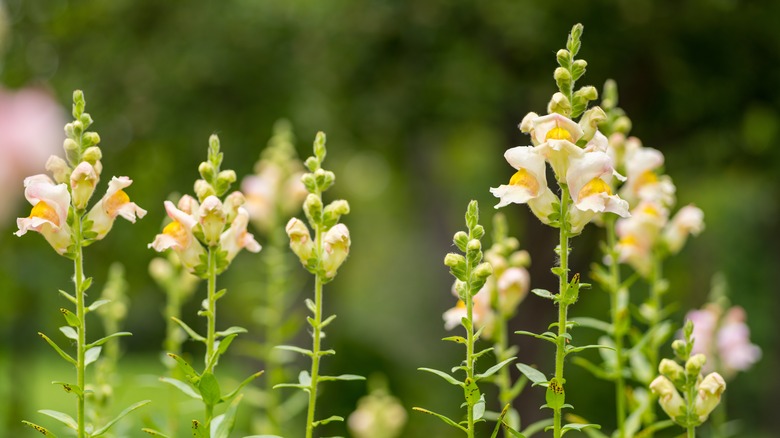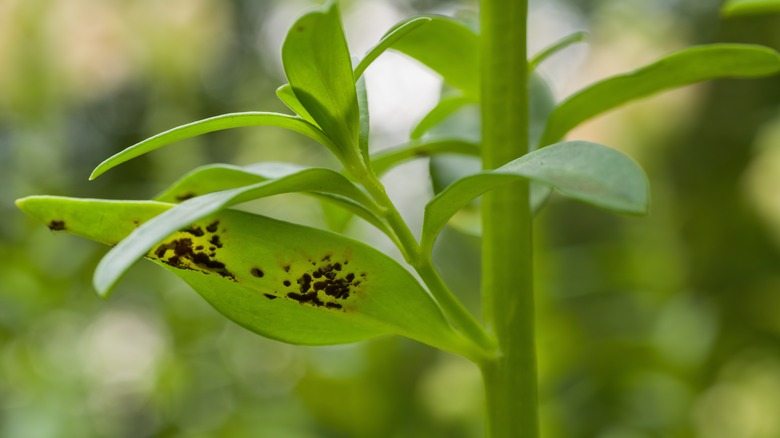Tips To Prevent Diseases From Taking Over Your Snapdragon Flowers
In order to grow and take care of snapdragons, you are going to have to deal with a range of health issues, including fungal, bacterial, and viral diseases. Knowing the problems these regal blooms may be up against is the first step to keeping them flourishing. Snapdragons (Antirrhinum majus) are susceptible to several fungal diseases, with powdery mildew being one of the top complaints. To get rid of powdery mildew in your garden once you have it, you'll need to trim affected areas and apply a fungicide suitable for ornamental plants. But if you want to keep your flowers healthy, you can incorporate good gardening practices to prevent these problems. Practices like spacing plants to maintain enough airflow, mulching to prevent soil splashing, and regularly inspecting plants for signs of insects and disease can make the difference.
Along with powdery mildew, you'll want to look out for viruses similar to the impatiens necrotic spot virus (INSV). Antirrhinum rust is another major threat, with dark brown pustules forming on the undersides of leaves and yellow marks appearing on the top. This rust can cause leaves to drop prematurely. Furthermore, a fungus called Anthracnose can kill off leaves or the entire plant. Regular inspections can help identify early signs of these diseases. Then you can instantly remove and dispose of infected plant material to prevent their spread. Use fungicides registered for use on ornamental plants to treat powdery mildew, rust, or anthracnose. And for viral diseases, get rid of weeds in your garden that might carry the virus and examine new plants carefully before adding them to your garden.
Gardening tips to prevent diseases
While you can try to treat the problems that you have, great gardening practices can help prevent them from taking hold in the first place. Adequate airflow is important to lower humidity levels since high humidity can promote fungal development. Give plants plenty of room and water only at the base to avoid wet foliage — wet leaves create an inviting environment for fungal pathogens like powdery mildew and leaf spot.
Mulching around your plants helps retain moisture in the soil and helps prevent splashing of soil-borne pathogens up onto the leaves. You can also try rust-resistant snapdragon varieties wherever you can, and remove fallen leaves to prevent fungal spores from accumulating. You should also keep an eye out to protect your plants from sap-sucking pests like aphids and whiteflies. These pests won't just weaken your plants but can also spread diseases. Spray infested areas with water to remove pests, or use neem oil or organic insecticides for particularly bad infestations. Or you can use natural predators such as ladybugs to eliminate these pests organically.

